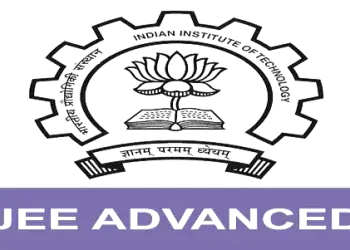The National Assessment and Accreditation Council (NAAC) decided that Higher Education Institutions (HEIs) in the nation will now be classified as either “accredited” or “not accredited,” replacing the previous accreditation system that assigned grades to HEIs.
The NAAC also resolved to encourage accredited institutions to reach the highest level by assigning them additional levels between one and five during a meeting of the executive council on Saturday.
The binary accreditation system (accredited or not accredited) will be put into place in the next four months, followed by the maturity-based graded accreditation (levels 1 through 5) by December. These reforms will be implemented in two phases.
“There will be Binary Accreditation (either accredited or not accredited) rather than grades with an aim to encourage all the institutions to get on-boarded in the accreditation process thereby creating a quality culture in the higher education system,” a senior Ministry of Education (MoE) official said.
“The binary accreditation is also in line with the best practices followed in many leading countries in the world,” he added.
Additionally, accredited institutions will be encouraged to lift the bar in order to achieve the highest level of 5, which is designated as “Institutions of Global Excellence for Multi-Disciplinary Research and Education,” by the accreditation body through the implementation of the Maturity-Based Graded Accreditation (Levels 1 through 5).
According to the official, Indian institutions would be able to dramatically raise their caliber and rank among the greatest in the world thanks to the level-grading system.
The final institution grade is one of the assessment’s major outcomes, according to the current system. Following evaluation, an institution’s Cumulative Grade Point Average (CGPA) is calculated for those that meet the grade qualifying requirements.
The final grade is determined on a seven-point grading system based on the CGPA that the institution was able to earn with a maximum score of 4.00. The seven letter grades that are all matched to the seven distinct scoring ranges are referred to as the “seven point scale.”
The official added that a group of revolutionary changes have been proposed by an expert committee established by the government to improve HEIs’ ranking, periodic approval, assessment, and accreditation.
The National Education Policy 2020 set a target of 50 per cent Gross Enrolment Ratio by 2035, for which the MoE constituted a committee headed by K Radhakrishnan, former chairman of ISRO in November 2022.
The committee, following consultation with the public, presented its final report to union education minister Dharmendra Pradhan on January 16.
“The committee recommended a set of transformative reforms to strengthen the periodic approval, assessment and accreditation, and ranking of Indian HEIs. The recommendation also focuses on mentoring and incentivizing schemes for raising their participation as well as accreditation levels,” the official said.
According to its recommendations, the metrics for Binary and Maturity-Based Graded Accreditation focusses on processes, outcomes and impact across different attributes of HEIs (instead of mere input-centric).
“The new process shall consider the heterogeneity of HEIs in the country, categorise them based on their orientation/vision and heritage/legacy, and then seek information from the HEIs that are appropriate for their category rather than a one-size-fits-all model. There will be a special focus on rural and remote location institutions through mentoring and handholding,” the official said.
A new “One Nation One Data Platform” has also been proposed, with an integrated architecture for collateral cross-checking of the authenticity of data, to guarantee integrity and transparency in managing institutional data collected for various purposes such as approval, accreditation, and rating.
Furthermore, it has been suggested that “stakeholder validation” be used to include stakeholders in the certification and ranking process in order to improve the authenticity and trustworthiness of the data.
As part of the accreditation process, higher education institutions are evaluated and certified by the NAAC, an independent organization under the UGC, given grades.
As part of Peer Review Teams, the NAAC uses the experience of several academics from universities, colleges, research and development organizations, and government agencies around the nation to carry out the Assessment and Accreditation process.
Source:IE







 Finance
Finance







